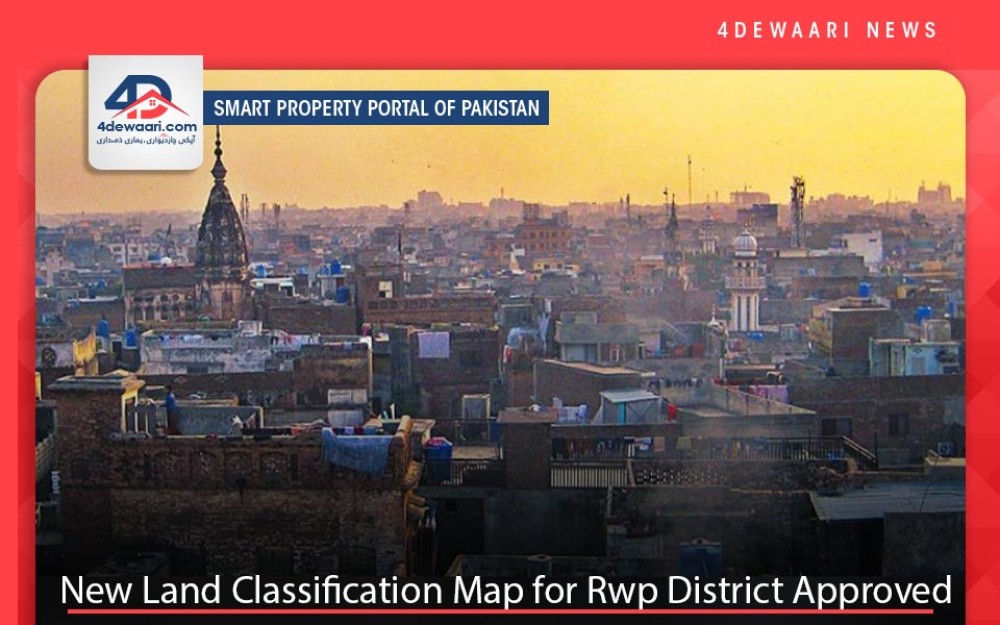According to news stories from May 30 in Rawalpindi, the district planning and design committee has approved a new land categorization map of the Rawalpindi District for the creation of a 20-year development plan. Dr. Hassan Waqar Cheema, Rawalpindi's Deputy Commissioner (DC), presided over the meeting that decided to adopt the land classification map. DC Cheema gave the district council and the Rawalpindi Municipal Corporation (RMC) instructions to issue notices so the consultant could begin work on the land revenue plan at the meeting.
Also Read: DHA Quetta Starts Construction Work in Early Bird Housing
According to the specifics, a build-up area-based land classification map for Pindi was created. It was revealed that the consultant will begin working on the 20-year plan after the notification. Widespread stakeholder consultation will be conducted for this objective. A senior official present noted that because the plan will maintain agricultural land and establish an urban expansion boundary, it will meet the needs of the people for the next 20 years. This proposal calls for several zoning techniques, with distinct zoning restrictions for each zone. The plan would also cover the urban economy, urban demarcation, and social infrastructure. The classification of land use in the authorized land-use regulations was done to prevent the proliferation of mushrooms and to protect agricultural land. The source disclosed that the Rawalpindi Development Authority (RDA) had already finished land zoning in four of the city's tehsils.
According to the details provided by the senior official, the Taxila, Gujar Khan, Kallar Syedan, and Kahuta tehsils have all had their land zoned by the Rawalpindi Development Authority (RDA). Adding that the consulting firm will also discuss stakeholders, he stated that the local administration has completed the work in the Rawalpindi Tehsil. The plan includes urban delineation as well. Social infrastructure and the urban economy will be included. According to him, classification has been created under various regulations for various zones so that land use for residential, commercial, and agricultural purposes can be governed by laws and regulations.















